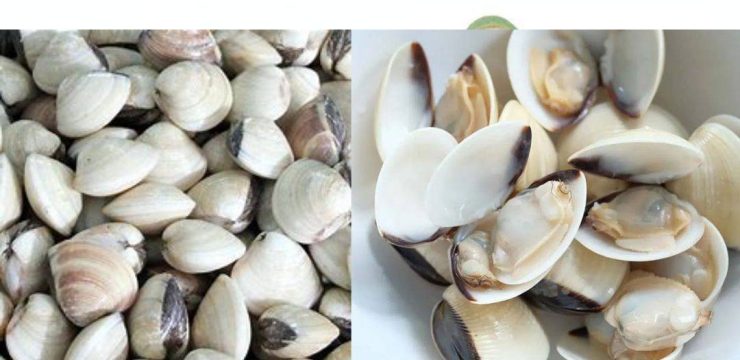You’ve got your steak dinner all planned out, but as you open the refrigerator, you’re met with an unexpected surprise—your once-red steak has turned gray. At first glance, this color change can be concerning and might lead you to wonder whether your meal is still safe to eat or if it’s time to toss the meat.

While a gray hue might not be what you expected, it doesn’t always mean your steak has gone bad. Understanding why meat changes color, what this change means in terms of food safety, and how to properly evaluate the steak can help you make a confident and informed decision. Fresh steak typically appears bright red because of a pigment called oxymyoglobin, which forms when myoglobin in the muscle tissue interacts with oxygen. Over time, especially with extended exposure to air, the color can shift from red to brown or gray as the meat undergoes oxidation. This is a natural chemical process and doesn’t necessarily indicate spoilage.
In fact, meat that has been vacuum-sealed or tightly wrapped without much oxygen exposure may appear gray or purple even when it’s still perfectly safe to eat. Temperature swings in your refrigerator, poor air circulation, or storage in an airtight package can all influence the color of your steak. So if you notice a gray steak in your fridge, don’t panic just yet—color is only one piece of the puzzle. To properly determine if your steak is still good to eat, consider several other factors, starting with smell. If the steak emits a sour or pungent odor, that’s a strong sign that bacteria may have begun to grow, and the meat should be discarded. Next, evaluate the texture. A slimy or sticky surface often indicates spoilage, as does any green or iridescent discoloration. Mold is another obvious red flag.
However, if the steak feels firm, smells fresh, and isn’t past its expiration date, it may simply be showing harmless signs of oxidation and can likely be cooked and enjoyed without worry. It’s also important to remember that expiration dates are guidelines based on average storage conditions, and proper refrigeration plays a major role in how long meat remains fresh. Ideally, steak should be stored at or below 40°F in the coldest section of your refrigerator. If it’s within the use-by date and has been kept at a consistent temperature, it stands a better chance of being safe despite the color change. In addition to the signs of spoilage already mentioned, there are other subtle cues that can help you judge whether your steak should be cooked or tossed. A greasy, sticky coating or an ammonia-like smell is often a giveaway that the meat is no longer good. If in doubt, it’s always better to play it safe.
Most food safety experts agree that relying on a combination of smell, touch, and storage awareness is the best way to determine whether gray steak is still edible. When it comes to food safety, erring on the side of caution is never a bad thing. If you’re unsure about the steak’s condition, there’s no harm in discarding it to avoid the risk of foodborne illness. If your steak has turned gray but doesn’t exhibit any other signs of spoilage, cooking it thoroughly can often make it safe to eat. High temperatures will kill most harmful bacteria, but be sure to handle the meat carefully, cook it to a safe internal temperature, and practice good hygiene throughout the preparation process. To help prevent your steak from turning gray in the first place, it’s important to store it correctly. Keep it in its original packaging or rewrap it tightly in plastic or vacuum-sealed bags to limit air exposure. Monitor your refrigerator’s temperature regularly to ensure it stays consistently cold. If you don’t plan to use the steak within a few days, freezing it is the best option to maintain its color, flavor, and quality. When all is said and done, deciding whether to cook or discard a gray steak involves weighing several key factors. While a change in color can be a warning sign, it’s not the only thing to look at. By using your senses and evaluating storage conditions, you can make a safe and confident decision. Understanding why steak changes color and knowing how to spot real signs of spoilage will help you reduce waste and enjoy your meals with peace of mind.





